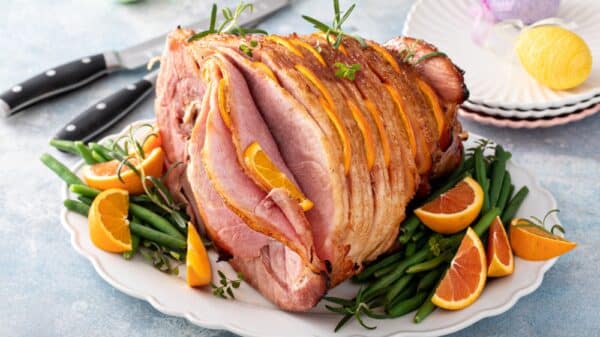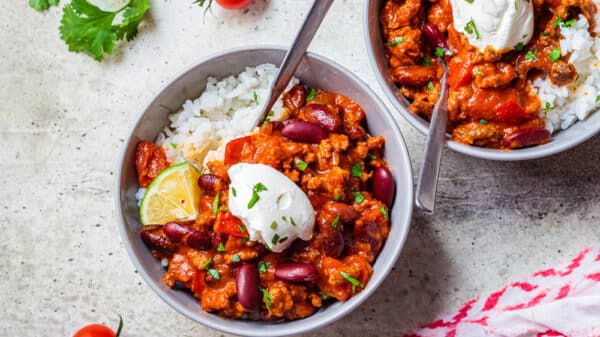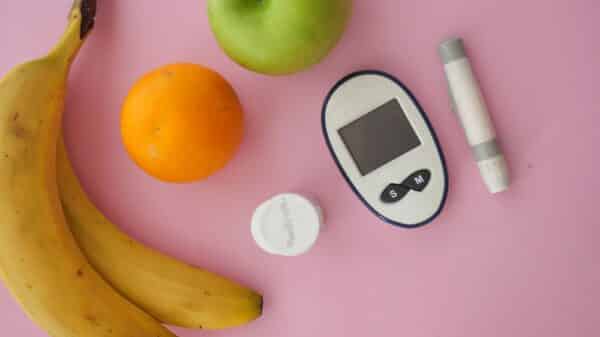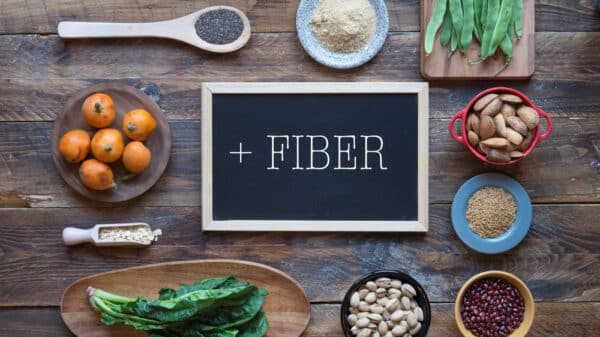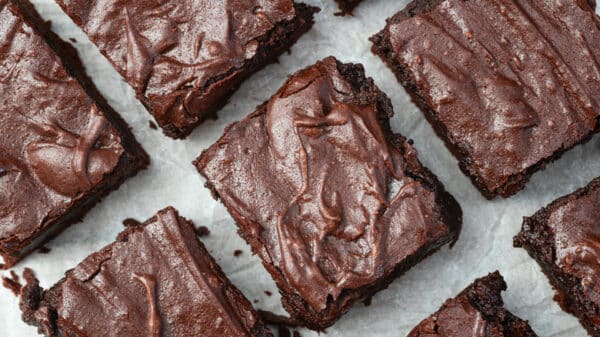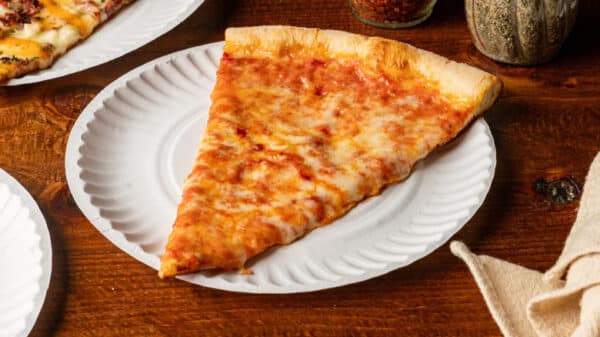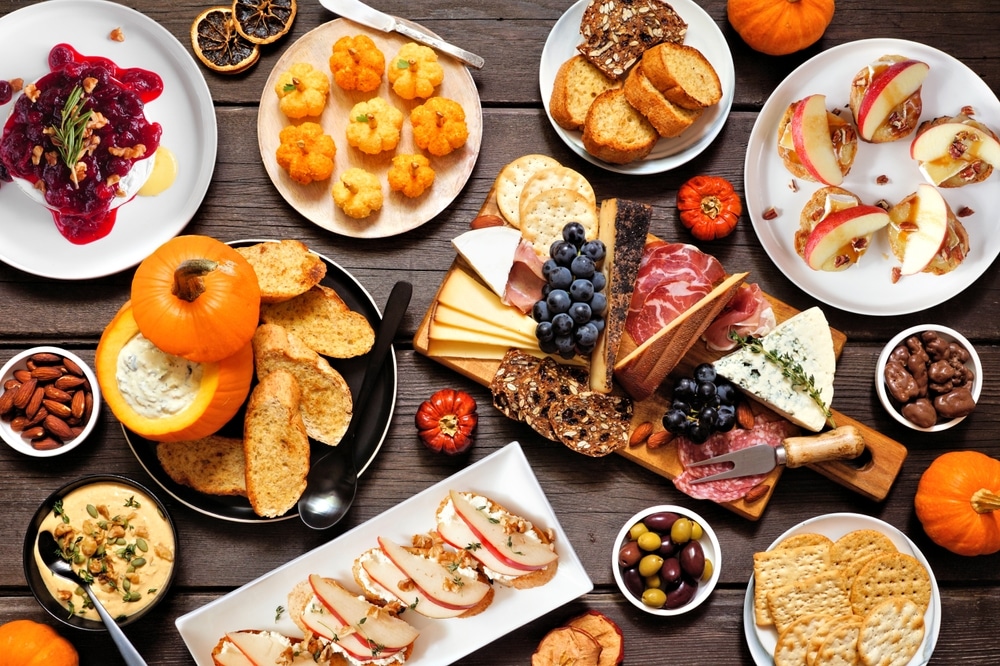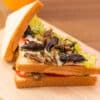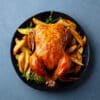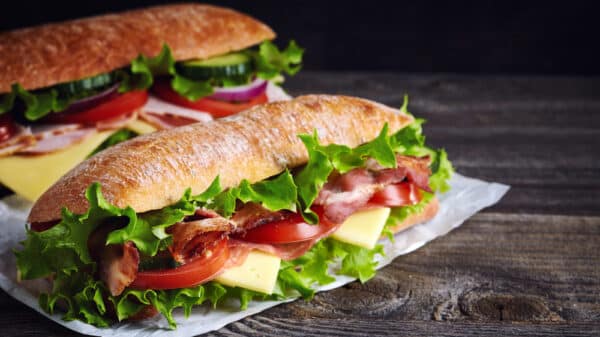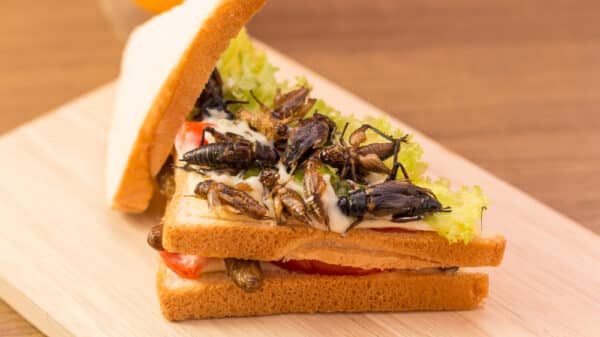Snacking often gets a bad rap, and for good reasons. When hunger pangs hit between meals, it’s all too easy to reach for quick fixes that might momentarily satisfy cravings but ultimately throw our nutritional goals off track. While chips, cookies, and other “junk foods” might offer a moment of bliss, these options do little to nourish our bodies and can lead to negative health outcomes over time.
The truth is, indulging in unhealthy snacks too frequently can set the stage for unwanted weight gain and increase the risk of chronic diseases like heart disease and type 2 diabetes. It’s a slippery slope, one we often find ourselves sliding down when we reach for that sweet or salty treat to tide us over. To help us navigate the snacking landscape, health experts from Eat This, Not That! have identified a handful of unhealthy snacks that are best left on the shelf, along with the reasons why.
Smart Snacking: What to Avoid
Next time you’re at the store, make a habit of reading food labels before tossing items into your cart. Pay close attention to three key ingredients: fat, salt, and sugars. Following guidelines from the American Heart Association can help steer you in the right direction. Aim for:
– Saturated fat: It’s recommended that you consume no more than 13 grams of saturated fat in a 2,000-calorie-a-day diet. Many snacks sneaky pack in saturated fats that can elevate cholesterol levels.
– Sodium: Limit your sodium intake to 2,300 milligrams per day. Excessive sodium not only contributes to heart issues but can also lead to high blood pressure.
– Sugar: The AHA suggests a ceiling of 6 teaspoons of sugar per day for women and 9 teaspoons for men. It’s all too easy to exceed these limits with seemingly innocent snacks.
1. Nutri-Grain Bars (Blueberry)
Nutrition per serving (1 bar):
– Calories: 130
– Fat: 3.5g (Saturated fat: 0.5g)
– Sodium: 120mg
– Carbohydrates: 25g (Fiber: 1g, Sugar: 13g)
– Protein: 2g
At first glance, Nutri-Grain Bars might seem like a wholesome snack option. However, nutrition expert Dawn Menning—who works with a cutting-edge app focused on healthy lifestyles—cautions against them. “What you think is a whole grain snack is actually loaded with 12 grams of added sugar and a mere 1 gram of fiber,” she reveals. What’s more, they contain various types of sugar and food additives, highlighting the importance of viewing processed snacks with a critical eye.
2. Snyder’s of Hanover Pretzel Pieces (Hot Buffalo Wing)
Nutrition per serving (⅓ cup):
– Calories: 130
– Fat: 7g (Saturated fat: 3.5g)
– Sodium: 370mg
– Carbohydrates: 16g (Fiber: 1g)
– Protein: 2g
It’s all too easy to lose track of portions when snacking on Snyder’s Hot Buffalo Wing pretzel pieces. Those intense flavors might lead you to eat more than the standard serving size—which can be a slippery slope. With elevated levels of saturated fat and sodium packed into just a small portion, these pretzels can negatively impact heart health over time.
Setting a Healthier Course
Understanding which snacks to avoid is just one piece of the puzzle. It’s equally important to find alternatives that not only satisfy your cravings but also provide nutritional benefits. Fresh fruits, nuts, or whole-grain options can serve as excellent substitutes that keep your energy levels steady while supporting your health goals. The next time you reach for a snack, remember: choosing wisely doesn’t just fill your stomach; it fuels your body’s long-term well-being. You deserve snacks that empower you, not just ones that momentarily appease your hunger.When it comes to snacking, it’s easy to get drawn in by bright packaging and appealing marketing phrases like “wholesome ingredients” or “made with real fruit.” But if you don’t take a moment to really look at what you’re putting into your body, you might be misled into thinking you’re making a healthy choice. Let’s dive into some popular snack options and peel back the layers to reveal what’s really inside—because your health deserves more than just an attractive label.
First up, we have Bobo’s Oat Bar Original. At first glance, it might seem like a nutritious option, with claims of wholesome ingredients that eaters can feel good about. However, a deeper dive reveals a different story. With 170 calories and 6 grams of fat in just half a bar, if you’re eating a whole one—as many of us might—you’re looking at 340 calories. That’s not just a snack; that’s a significant portion of your daily intake! Plus, it packs 20 grams of added sugar—that’s more than half of what the average person should be consuming in a day. That’s like munching down on more than five teaspoons of sugar in one go. No wonder many feel sluggish or unsatisfied after filling up on so-called “healthy” snacks!
Nutritionist Menning points out, “If you’re not reading the label carefully, you could easily overlook the fact that the nutrition facts are for just half of the bar.” In our busy lives, it’s all too easy to grab and go without checking what we’re actually consuming. The bar also offers only 2 grams of fiber. That’s not enough to keep you feeling full, which is crucial if you’re trying to manage your weight or hunger levels. It’s a classic case of how appearances can be deceiving.
Next, let’s consider Fig Newtons. They have a cozy image; filled with real fruit, they exude health. But don’t be fooled. Each package of two contains a whopping 16 grams of added sugar! That might sound shocking, but sugar is often hidden in places we least expect, and these tasty morsels are no exception. While figs do offer some nutritional benefits, that added sugar can lead down a slippery slope toward health issues such as obesity and diabetes. Think about it: how often do you want to reach for that familiar soft cookie, only to be reminded that it’s just not as healthy as it seems? It’s a reminder that healthy eating requires vigilance.
Finally, we have Hostess Ding Dongs—familiar to many of us from childhood. These treats have become nostalgic comfort food, but the reality is much less comforting. With numerous artificial ingredients and a significant sugar content, indulging often in these treats can come with long-term health risks. Just one Ding Dong contains about 120 calories, mostly from sugar and fat. If you’re indulging in that sweet memory too frequently, you’re not just reminiscing—you’re putting yourself at risk for significant health issues down the line.
Navigating the snack aisle can feel overwhelming, especially when every brand is vying for your attention with promises of health and wellness. While it’s okay to enjoy snacks in moderation, understanding what’s behind those glossy labels can empower you to make choices that align with your health goals. Remember, the best way to fuel your body is to invest a little time in reading ingredient lists and nutrition facts, so you can genuinely enjoy your favorite treats without the guilt.
Snacking doesn’t have to be synonymous with unhealthy eating. With just a bit of awareness and preparation, you can transform your snack choices into something that supports your well-being rather than hinders it. It’s about balance and making informed decisions that keep you feeling good inside and out. And hey, let’s make those snack choices as delightful as they are nourishing!When it comes to snack time, many of us tend to reach for what feels familiar and comforting. Enter Hostess Ding Dongs, a classic treat that evokes nostalgia for childhood sweetness. However, these little chocolate cakes are more than just a quick bite; they represent a significant indulgence in our dietary choices.
At first glance, the stats might not seem alarming. A serving of two cakes packs in 310 calories, which can easily fit into a typical snack. However, dive a bit deeper into the nutritional details, and the story takes a turn. These seemingly innocent cakes contain a staggering 31 grams of total sugar—almost entirely derived from added sugars. That’s a hefty sugar hit that can quickly spike your energy levels, only to send you crashing down later.
Michelle Rauch, a Registered Dietitian and Nutritionist with The Actors Fund, brings a reality check to those drawn in by the Ding Dongs’ allure. “If the high calorie and sugar content doesn’t frighten you, consider the fat,” she cautions. Each serving has 16 grams of total fat, with over half coming from saturated fat. If you’re aiming to keep your heart healthy, you might want to think twice. According to the American Heart Association, it’s advisable to limit saturated fats to no more than 6% of your daily caloric intake. Diets high in saturated and trans fats are linked with serious health risks such as heart disease, stroke, type 2 diabetes, and obesity.
The harsh reality is that while Ding Dongs may be a delightful treat, they are effectively a dessert masquerading as a snack. For many, this can be an emotional struggle. How do you resist something that tastes so good? It can feel particularly tough when you’re in the throes of a hectic day, unearthing memories of carefree moments when sweets were your go-to pick-me-up.
Taking a moment to reflect on the impact of these snacks may empower you to make more informed choices. Swapping out Ding Dongs for a piece of fruit or a handful of nuts can provide both satisfaction and nourishment, without the hefty toll on your health. Remember, it’s about balance. Treat yourself occasionally, but be mindful of how often those “treats” creep into your daily routine.
By understanding exactly what you’re consuming, you can create a lifestyle that aligns with your health goals without sacrificing the joy of snacking altogether. It’s not just about what you eat; it’s about building a relationship with food that prioritizes your well-being. As you navigate your cravings and choices, know that making small, conscious decisions can lead to big changes over time. You’re not alone in this journey—many of us are figuring it out together, bite by bite.
Image Source: JeniFoto / Shutterstock


